Alabama Water Quality at a Glance
some concerns
Is Alabama Water Safe to Drink?
Generally Yes, With Caution — Most public systems meet federal standards. The EPA set enforceable limits for PFOA and PFOS at 4 parts per trillion in 2024, with utilities working toward compliance by 20291. Alabama has areas with higher PFAS from past industrial sources near Decatur; local governments reached a $98.4 million settlement with 3M related to cleanup actions5.
⚠️ Key Concerns for Alabama Residents
- PFAS limits: EPA’s legal limit for PFOA/PFOS is 4 ppt (finalized 2024; compliance timeline currently targeted for 2029) — this sets a much stricter bar for utilities1.
- Who’s affected: An estimated 70 of 587 Alabama systems may need extra steps to meet the new limits — check your utility’s results3.
- What PFAS are: Long-lasting chemicals from products and industry; they can build up over long periods. Research and regulation are ongoing6.
- PFAS in rain (regional): Studies in the Southeast show PFAS in rainfall and air, meaning they can reach water sources from the atmosphere over time7.
- DBPs: Disinfection byproducts (like TTHMs/HAA5) are common in treated water and are regulated; utilities report them in annual Consumer Confidence Reports (CCRs).
Read the full report below for detailed analysis, city-specific data, and actionable recommendations for Alabama residents.
Alabama – The Heart of Dixie – Water Quality Report 2025: PFAS Testing, Infrastructure & Safety
Alabama supplies drinking water through hundreds of public systems that draw from major rivers and aquifers across the state. Most systems meet federal rules. PFAS is a key focus because the EPA set strict limits in 20241. North Alabama, including areas near Decatur, has seen higher PFAS from historic industrial sources; local agencies secured a $98.4 million settlement with 3M to support cleanup actions5.

Alabama Water Quality: Current Status (2024–2025)
Statewide Compliance and Testing
- Most systems comply: Utilities follow the Safe Drinking Water Act. The EPA’s new PFAS limits at 4 ppt for PFOA and PFOS were set in 2024, with compliance targeted for 20291.
- PFAS monitoring: Alabama’s testing programs (including ADEM sampling) show PFAS detections in parts of the state; results are posted by ADEM and in local CCRs2.
- Who may need treatment: News reports estimate about 70 of 587 systems could require extra steps under the new federal limits3.
Major Water Sources and Challenges
- Tennessee River (North Alabama): Historical PFAS releases near Decatur prompted monitoring and cleanup actions, including a $98.4 million settlement with 3M5.
- Aging infrastructure: Alabama’s 2022 Infrastructure Report Card rated drinking water C-, noting many assets are past their intended life and need reinvestment4.
- Dam oversight gap: Alabama has been reported as the only state without a comprehensive dam safety program, which can affect water reliability during failures8.
Emerging Contaminant Response
- Federal standards: EPA’s final rule set the 4 ppt limit for PFOA/PFOS in 2024; EPA has discussed schedule adjustments, so check for updates as rules evolve1.
- Treatment approaches: Utilities commonly use granular activated carbon (GAC) or reverse osmosis (RO) to reduce PFAS while long-term projects are funded and built.
- Funding: Alabama received $52.638 million in Bipartisan Infrastructure Law funds targeted to emerging contaminants like PFAS, with additional SRF funding for broader needs9.
Rural and Disadvantaged Communities
- Capacity needs: Smaller systems can face higher costs per household. Federal programs prioritize grants/forgivable loans for disadvantaged areas9.
- Check your CCR: Residents can see local test results and any notices in their utility’s Consumer Confidence Report (CCR).
- Home filtration: Certified GAC or RO filters can add peace of mind while utility upgrades proceed. We may earn a commission if you buy through our links. This never affects the information we present.
Looking Forward: 2025–2030
As new PFAS limits take effect, Alabama utilities will keep upgrading monitoring and treatment. Federal and state funding supports projects, and timelines may be adjusted by EPA. Always review the latest reports for your address.
Recommendations for Alabama Residents
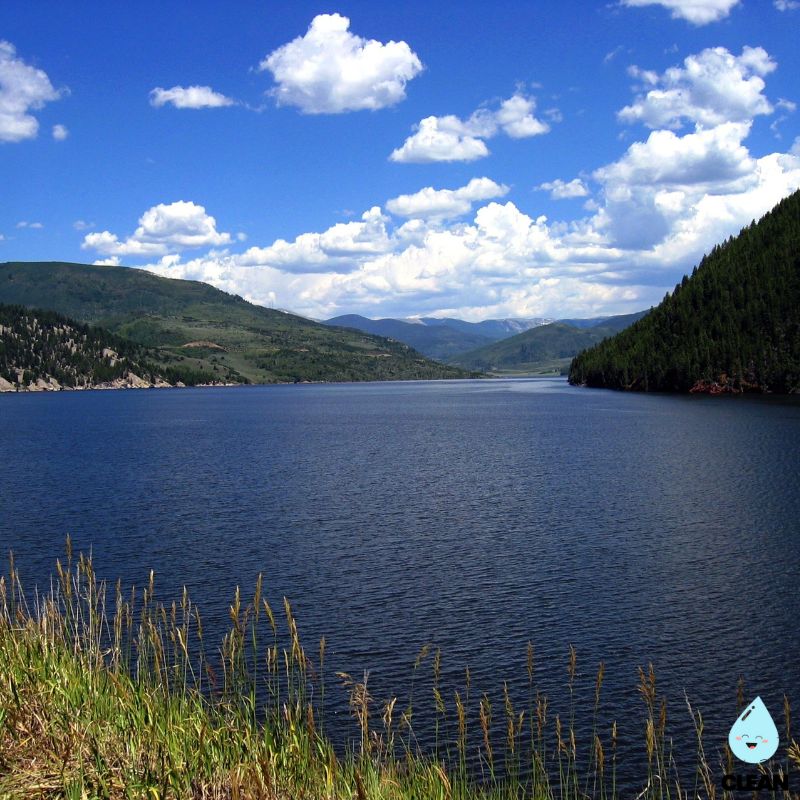
Know Your Water Source
Ask your utility for its latest Consumer Confidence Report (CCR) and PFAS results. ADEM also posts statewide PFAS sampling summaries2.
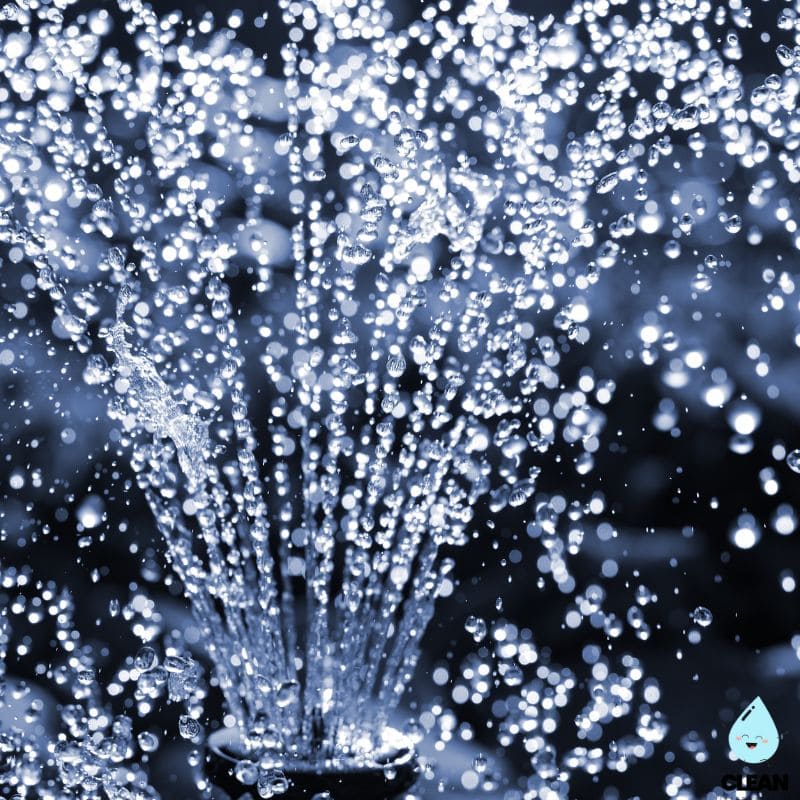
Support Infrastructure Investment
Funding helps replace aging pipes and add PFAS treatment. Alabama is receiving federal support targeted at emerging contaminants9.

Consider PFAS-Certified Filtration
A certified GAC or RO filter can reduce PFAS and other common contaminants. This adds extra protection, especially for children and during pregnancy. We may earn a commission if you buy through our links. This never affects the information we present.

Report Water Quality Concerns
For unusual taste, odor, or color, contact your utility. You can also report suspected contamination to ADEM’s Environmental Compliance Division at (334) 271-7700.

Practice Water Conservation
Using water wisely helps keep costs in check and systems reliable, especially during upgrades and hot weather.
Alabama Cities We Cover
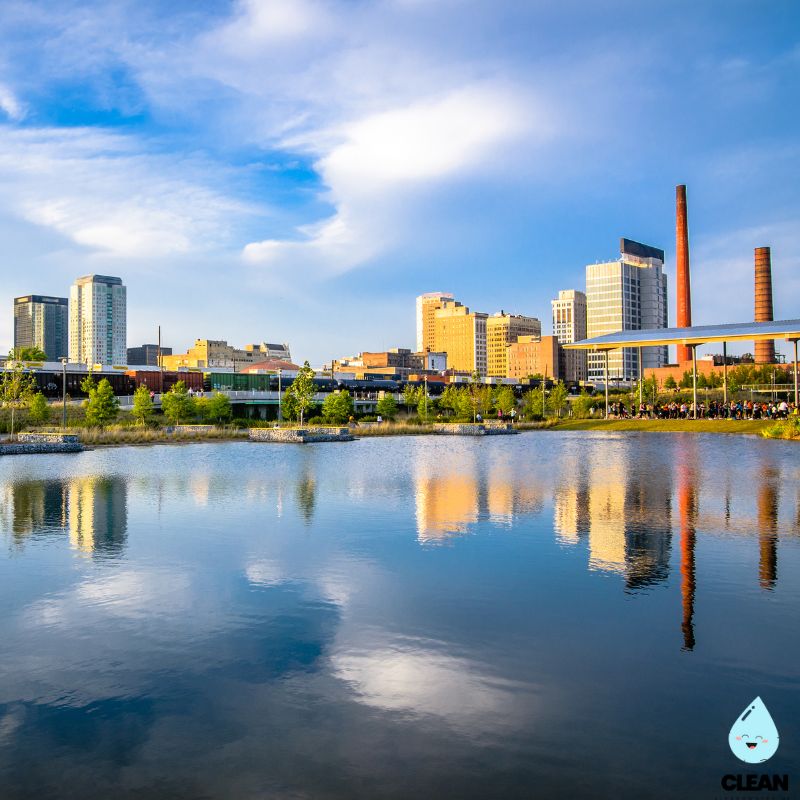
Birmingham Water Quality
Overview of Birmingham Water Works: sources, treatment, infrastructure renewal, and PFAS monitoring.
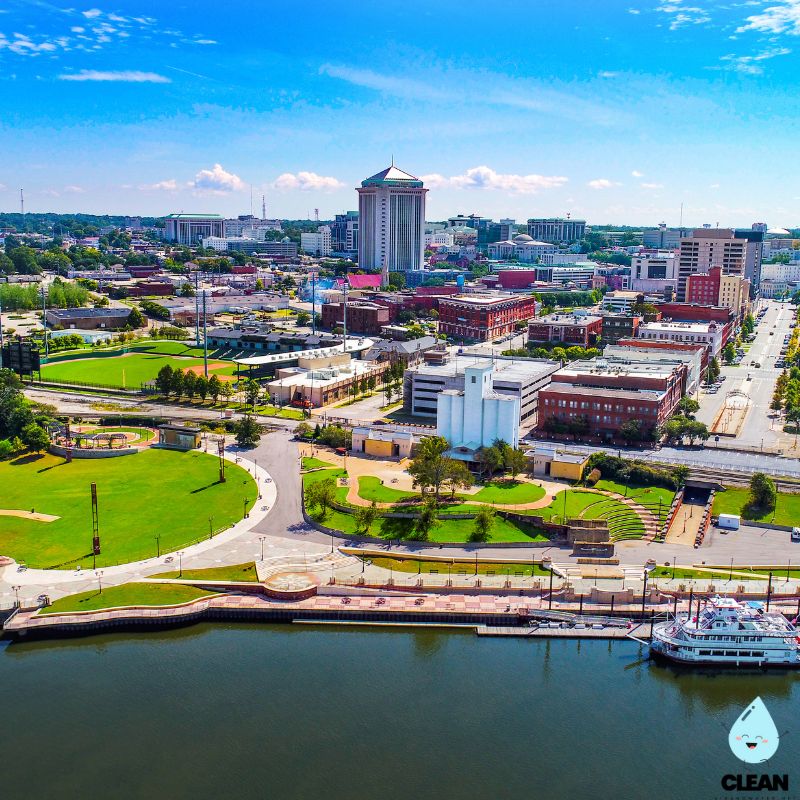
Montgomery Water Quality
Summary of testing, source protection, and compliance with emerging contaminant rules in Alabama’s capital.
Frequently Asked Questions
Is Alabama’s tap water safe to drink?
Yes, most systems meet federal standards. The EPA’s final PFAS rule sets 4 ppt limits for PFOA/PFOS (2024) with utilities working toward compliance by 20291. Some Alabama systems may need extra treatment under these stricter limits3.
Always check your own utility’s Consumer Confidence Report and ADEM updates for current numbers at your address.
What are PFAS and why are they a concern here?
PFAS (per- and polyfluoroalkyl substances) are man-made chemicals that can persist in people and the environment. Over long periods, some PFAS can affect health; research and regulation continue to evolve6.
Alabama has monitored PFAS statewide, and North Alabama has seen higher levels linked to historical industry near Decatur; a $98.4 million settlement supports cleanup actions25.
Quality News About Your Water
Get the comprehensive water quality news coverage you need with our dedicated US Water News Service. From coast to coast, we deliver in-depth reporting and expert analysis on PFAS contamination, EPA regulatory changes, infrastructure developments, and emerging water safety issues affecting communities nationwide. While mainstream media only covers the biggest stories, we provide the detailed, ongoing coverage that helps you understand the full scope of America’s water challenges. Whether you’re a concerned citizen, water professional, or community leader, our daily updates and analytical insights keep you informed about the issues that matter most to public health and environmental safety.
Key Contaminants Found in Alabama’s Water (2020–2024 Testing)

PFAS “Forever Chemicals”
What we see: ADEM sampling shows PFAS detections at some plants and wells across Alabama (see ADEM summary and site-level tables)2. EPA limit: 4 ppt for PFOA/PFOS (set in 2024; compliance targeted for 2029)1. Why it matters: Reducing PFAS helps lower long-term exposure while utilities add treatment.
Impact (plain English): These chemicals can stick around in water and people. Over long periods, lowering exposure is a cautious choice while research continues6.
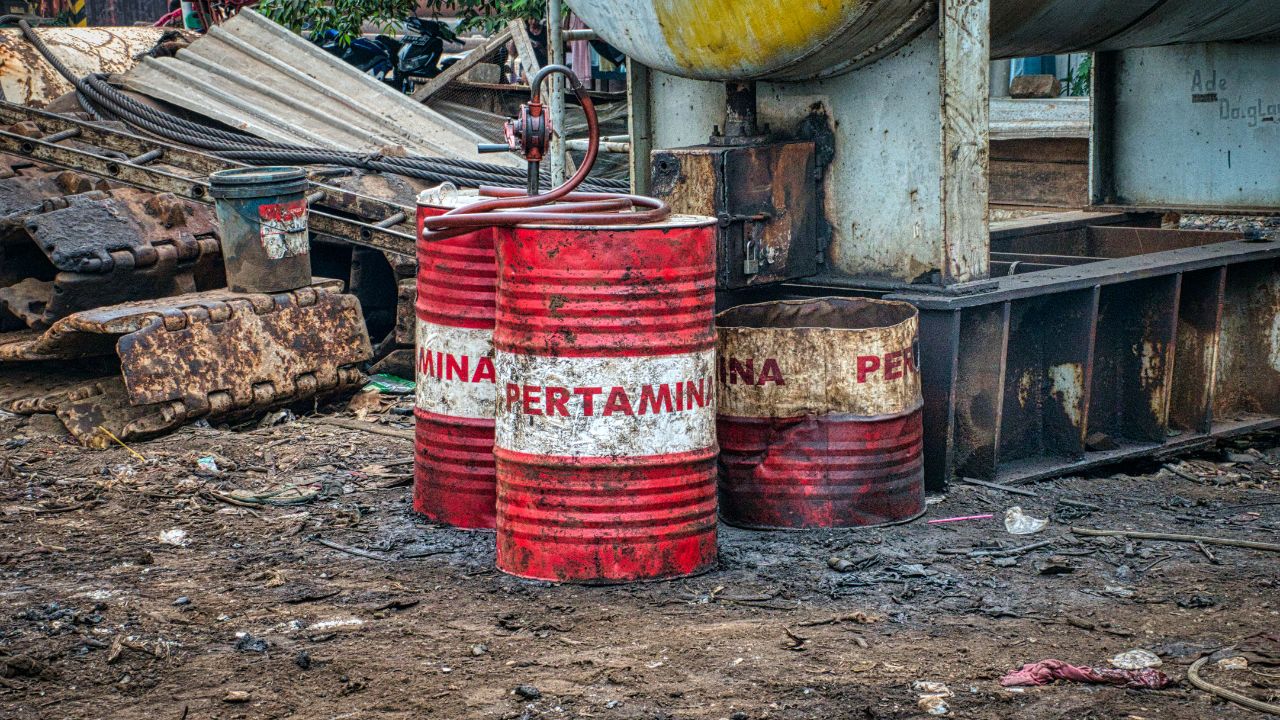
Legacy Industrial Contaminants
What we see: Historic industry in corridors like Birmingham and the Tennessee Valley means ongoing source-water protection and, where needed, cleanup. ADEM and local utilities oversee actions and monitoring4.
Impact (plain English): Keeping pollution out of rivers and aquifers protects treatment plants and helps keep drinking water within limits.
What This Means
Alabama’s tap water generally meets federal standards. Some newer contaminants like PFAS show up in testing, especially in certain areas. A good, certified home filter can add extra protection, especially for kids and during pregnancy. Always check your own utility’s latest report for current numbers at your address.
We aim to stay current, but figures can change — always check the latest official reports for your address.
Sources
- EPA — Final PFAS National Primary Drinking Water Regulation (MCLs 4 ppt for PFOA/PFOS; compliance targeted for 2029): EPA overview/webinar deck and press info (Apr 2024; May 2025 updates).
- ADEM — PFAS sampling summaries and site-level tables (e.g., “All PFAS Results > MRL” PDF; statewide PFAS page).
- NBC 15 (WPMI) — Report estimating ~70 of 587 Alabama systems may exceed proposed PFAS limits (Mar 15, 2023).
- ASCE Alabama Infrastructure Report Card 2022 — Drinking Water grade C- and system age context (Mar 31, 2022).
- City of Decatur / Court documents — $98.4 million settlement with 3M (Oct 19, 2021) related to PFAS contamination.
- EPA PFAS hub — background, health context, and regulatory actions (ongoing).
- Peer-reviewed studies on PFAS in rain/air (regional examples incl. South Florida wet deposition, 2024) + national USGS tap water PFAS coverage (2023).
- WSFA 12 News — Alabama remains the only state without a comprehensive dam safety program (Apr 1, 2022).
- EPA News Release — $52,638,000 in Bipartisan Infrastructure Law (EC-SDC) funding to Alabama for PFAS/emerging contaminants (Feb 15, 2023).
- USGS — National Atmospheric Deposition Program & national PFAS/tap water context tools (2023–2024).
Notes
- Removed chromium-6 city claims (Mobile, Huntsville, etc.) because official CCR values for the period weren’t confirmed. Add back only with verified CCR citations and dates.
- “70/587 systems” is an estimate from a credible news report; exact counts vary by year/definition. Residents should check their current CCR.
- Rain PFAS uses regional/national studies; swap in Alabama-specific atmospheric data if available.
- Funding totals narrowed to the verified $52.638M EC-SDC allocation. Broader totals vary by program/year; add exact figures when state IUPs/EPA releases specify them.
- Health language stays cautious, no medical promises; filtration framed as “extra protection.”
Please read – our information
The information presented on cleanairandwater.net is compiled from official water quality reports, trusted news sources, government websites, and public health resources. While we strive for accuracy and thoroughness in our presentations, we are not scientists, engineers, or qualified water quality professionals.
Our mission is to present water quality information in an accessible, real-world format that helps people understand what’s in their water and make informed decisions about their health and safety. We believe that complex environmental information should be available to everyone in a format that’s easy to understand.
We make every effort to ensure our content is current and accurate, but we cannot guarantee that all information is complete or error-free. This website should not replace official communications from your local water utility or health department. We always recommend consulting official sources for the most up-to-date information regarding your specific water system.
Clean Air and Water is not liable for any unintentional errors, omissions, or outdated information. The content on this site is provided for informational purposes only and should not be considered professional advice.


